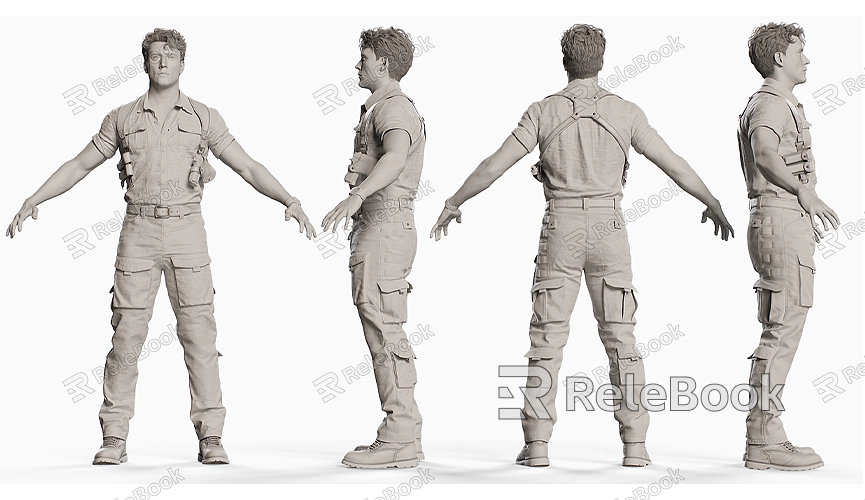How to render transparent background in blender cycles
When rendering in Blender, you may sometimes want to set the background to be transparent. This is particularly useful for creating game assets, video compositions, or showcasing models. The process of rendering a transparent background in Blender’s Cycles rendering engine is slightly different, but if you follow the correct steps, you can achieve this effect smoothly. This article will detail how to render a transparent background in Blender Cycles, helping you easily achieve this result.
Configure Rendering Settings for a Transparent Background
To render a transparent background in Blender Cycles, you first need to adjust some rendering settings. Here are the specific steps:
1. Open Blender and Load Your Project: Make sure you have Cycles selected as the rendering engine. You can find the "Render" option in the top menu bar and click to enter the "Render Settings" panel. In the "Render Settings," locate the "Render Engine" option and set it to Cycles.
2. Switch to the Output Properties Panel: This is where you set the output format and background transparency. Find the “Transparent” option and check it. This ensures that the background will be transparent during rendering instead of the default white or black. By checking this option, Blender will set the background to be transparent when rendering.
3. Choose the Correct File Format: Ensure that you save the rendered image in the right file format to maintain the transparent background. Blender supports multiple file formats, but it is recommended to use PNG. The PNG format supports transparency (Alpha channel), which is crucial for saving images with transparent backgrounds. In the “Output Properties” panel, find the “File Format” option and set it to PNG.
Ensure Materials and Object Settings Are Correct

Before rendering with a transparent background, you should confirm that there are no unnecessary background objects or materials affecting the transparency. Here are some checkpoints:
1. Background Objects: Ensure that there are no unwanted background objects in your scene. If there are any, it’s best to hide or delete them to prevent interference with the rendering effect.
2. Material Settings: Check your material settings to ensure that there are no incorrect settings causing the background to be opaque. For any transparent materials, ensure that the appropriate "Transparency" settings are selected in the "Materials" panel.
Rendering Settings and Preview
After adjusting all settings, you can start rendering your scene:
1. Set the Render Area: If you only need to render a portion of the scene, you can specify the render area in the "Render Settings" panel. This is useful for saving time and computing resources.
2. Render the Image: In Blender's top menu bar, select “Render” -> “Render Image.” Blender will render the image based on your previous settings, generating an image with a transparent background.
3. Check the Results: Once rendering is complete, you can view the result in the "Image Viewer." Ensure that the background is transparent and that the content of the image meets your requirements.
Practical Tips
When rendering a transparent background in Blender, the following tips can help you achieve better results:
1. Use HDRI: To enhance the lighting in your scene, consider using a high dynamic range image (HDRI) as an environmental light source. If you need high-quality HDRI resources, you can download them for free from [Relebook](https://textures.relebook.com/). This can add more realism to your scene.
2. Check Transparency: Before rendering, it’s a good idea to preview in Blender to check if the transparency settings are correct. If issues arise, you can adjust materials and rendering settings promptly.
3. Optimize Your Scene: Simplifying unnecessary details in the scene can reduce rendering time and improve efficiency, helping you achieve clearer results during rendering.
Rendering a transparent background in Blender Cycles is a relatively straightforward process that involves adjusting a few settings. By enabling the transparency option, selecting the appropriate file format, and ensuring correct material and object settings, you can easily achieve a rendered image with a transparent background. If you need high-quality 3D textures and HDRIs for your models and virtual scenes, feel free to download them from [Relebook](https://textures.relebook.com/). For beautiful 3D models, check out [Relebook](https://3dmodels.relebook.com/), which offers a wide range of premium 3D resources.

